Use What You Have…Even Potatoes
My friend’s father served on the USS O’Bannon (DD-450) in the early 1950s. If you’re not a student of naval history, that statement will mean very little to you, but what I learned about the O’Bannon grabbed my attention. The namesake of Marine First Lieutenant Presley O’Bannon, the hero of the Barbary Coast (from where we get the line in the Marine hymn “…to the shores of Tripoli”), the USS O’Bannon was the Navy’s most decorated destroyer in World War II, earning 17 battle stars and a Presidential Unit Citation.
If fighting in monumental battles like the Solomon Islands, Guadalcanal, and Leyte Gulf isn’t enough, the crew of the O’Bannon came out on top in a fight that became the source of legend. As the story goes, it was a dark South Pacific night when a Japanese submarine surfaced near the O’Bannon. Upon spotting the enemy, O’Bannon’s crew jumped into action with a plan to ram their foe. At the last minute, however, the Captain turned the destroyer abruptly to avoid causing an explosion that could have crippled his ship. After the sudden maneuver, the O’Bannon found itself alongside the enemy sub and too close to use its guns.
As legend has it, the quick-thinking crew flew into action with the weapons they could put their hands on. Spurred on by the ship’s cook, the crew began pelting the enemy sub and its topside crew with potatoes. The confused Japanese sailors believed the projectiles to be hand grenades, so they tried to make a hasty escape. With distance now between them, the O’Bannon began firing and ultimately sunk the sub. After the media latched on and embellished the story, the incident became known as the Maine Potato Episode and was later commemorated by a plaque donated by the Maine Association of Potato Growers.
While some of the facts surrounding these events are in dispute (as is often the case with legends), there are some lessons here for those of us who toil from our kitchen tables in a post-Covid world, now trying to figure out how to do more with less. Like the crew of the O’Bannon, we have to come up with creative ways to attack pressing problems and make the best use of the resources we have.
When working with people, we should consider our strengths to be our most important resource. Strengths are the behaviors we use to get things done and we all have plenty of them. The SDI 2.0, the assessment used in Core Strengths training, presents a portrait of your strengths. The portrait is actually configured a bit like a toolbox with the strengths on top representing the tools you’re most likely to use at work and the strengths on the bottom being the ones you’re less likely to use.
Most people usually find a bit of good and bad news when they initially consider their relational strengths. First, the bad news: most of us aren’t using all of the strengths (tools) available. Instead, we tend to use a few familiar tools in every situation. For example, one of my top strengths is competitive. I like to win. But that would be a really poor choice if I’m trying to recruit a colleague to work on a demanding, time-sensitive project–especially if she is already feeling overwhelmed with work responsibilities, homeschooling, and caring for a sick spouse. Better strength choices in this situation might be caring, supportive, and helpful.
Now, here’s the good news: we have access to all 28 relational strengths. That means we can choose the right tool for the job instead of becoming overly reliant on a few familiar strengths. This insight would be helpful if you are typically very careful and orderly in the way you approach your work, but now, your manager is asking you to quickly design and get buy-in on new work flows to accommodate a fast-changing situation. In this case, the best tools might be option-oriented, open-to-change, quick-to-act, and persuasive.
The way to access all of the strengths you’ll need is to give yourself the right reasons. Your reasons are tied to your motives or those internal drives that serve as your personal why. The SDI 2.0 also helps you understand your motives and how they influence the way you use your strengths. When you understand how motives are connected to strengths, you feel empowered to try new approaches with people who may have different motives. People and relationships start to make sense.
The resourceful crew of the O’Bannon used a variety of strengths to succeed. When firing their guns wouldn’t work, they hurled potatoes at the enemy. As with any good team, these sailors recognized the need to make adjustments based on the situation they were in. It’s the same for us, we need to adjust our approach to be more effective. Fortunately, we have plenty of options, although I don’t recommend throwing potatoes at your co-workers.








